DECEMBER 2019
Grace's Blog
Grace Freeman, graduate student
1 December 2019
With November has come a sense of routine. I have finally started to feel like I know what I’m going to be doing on a day-to-day basis, and the feeling is so freeing! have also started to feel much more settled in my research. There are no major updates, but I’m still chugging away at the next draft of my thesis proposal, and I’ve been making some good progress. Next quarter all of us first-year grads will be taking a class with Alejandro specifically designed to help us in the proposal writing, so I’m certainly looking forward to honing my ideas and research even further and coming up with a funding-worthy proposal!
Enough about me; let’s talk about seals! November is by far the busiest month for seal activity in Whatcom Creek due in large part to the salmon run. Chum salmon have started returning to the hatchery in Whatcom Creek for spawning and have attracted fishermen and seals alike. In fact, when I visited the creek in early November, there was a line of sport fishermen at the railing near the fish ladder pulling in salmon faster than I could count. I also noticed that at any given moment anywhere from 6-10 little round heads were popping above the water waiting for the perfect opportunity to attack. Watching a seal zip through the water, whip a fish back and forth, and then hold it awkwardly between its fins while taking a big bite is both satisfying and fascinating. The fishermen don’t share this opinion, though, and there has certainly been some animosity between the humans and seals fishing in the creek. That battle has since ended, however, as the low return has the hatchery concerned about longevity of the reproductive stock, and the fishing season at Whatcom Creek closed nearly 6 weeks early again this year. When I went back to the creek this weekend, not only were the fishermen entirely gone from their posts, the number of seals had dropped dramatically too. It will be interesting to dive into the data from this month to explore how these factors are related. Until then, I’ll keep visiting the creek whenever I can to observe the seals before they head on back to their winter homes.
November Blog
Jonathan Blubaugh, graduate student
1 December 2019
As is tradition, after you think you’ve made progress something comes up that sets you back. As I was looking more into the values for the Mixed Trophic Impact, I realized that the values produced by my R script were not the same as the results from the Ecopath software. This was upsetting since the R script is the only way to efficiently get results for the number of models I want to run with the number of sex ratios I want to test. So, I needed to track down the reason for the discrepancy.
Attempt #1: I figured something must be wrong with my parameter assignment for generating the different sex ratios. I walked through the R script and found an error in reusing certain parameters even after they should have been changed to new values. I missed this since the model takes some model data from one object and some data from another and only one of the objects was being updated to the new data. I ran the test again and no dice, still not getting the right answer.
Attempt #2: At this point, I was pretty sure that my R script was working as intended. My next step was looking at how the MTI values are calculated in Ecopath and the R package. The documentation for the Ecopath software included a citation for the paper that originated the method and some details on how it is implemented. I don’t have access to the Ecopath source code so the documentation was as close as I could get. I compared those implementation notes with the R package code. Luckily this package is mostly written in base R, I can actually read and debug all of the code! This attempt also did not fix the problem. The documentation exactly matches the R implementation. UGH!
Attempt #3: Here is where the story gets interesting. I decided that I really needed to understand the underlying ideas and concepts for this calculation, so I went back to the original paper, Ulanowicz and Puccia (1990). This paper was a very interesting read and led to the solution to my problem and an interesting solution to a new analysis. The documentation for the Ecopath function (and thus the R package) does not tell the full story for how the MTI calculation works. They missed documenting some important matrix algebra that I don’t fully understand, but could implement in R with some helpful Google-ing. And bingo, solved the problem. Now R is giving the same result as the Ecopath software.
And that is the story of how reading the original paper could have saved me two weeks of trying to find the problem. But the benefit of this is I got some good insight into how to figure out the relationship between direct impacts of harbor seal sex ratio and the indirect impacts of sex ratio. But I’m going to save that particular comparison for next month’s blog.
November Blog
Nathaniel Guilford, graduate student
1 December 2019
As I am still waiting to receive my sequence data, this month I have been focused on writing my thesis and building the code I will be using to process my data. I’m hoping that if I prepare my scripts using sample sequence data from the NCBI SRA (which came from the RADseq of fur seals, so it should be similar in nature to mine), once I receive my data I can plug it in and efficiently work through my analyses. Getting to the end of the first quarter of my second year has given me a reality check for my timeline, so I’m hoping to get my data soon and really begin to answer some of the questions that I have been working on for the last year!
Blog Post 3
Bobbie Buzell, graduate student
1 December 2019
November was a whirlwind and a deeper dive into scheduling of specific benchmarks for my project. I have a general idea of when to ship scats for identification, and when I will be able to begin invert identification. I did not clean as many scats as I would have liked, but I did complete cleanings for the Wa’atch River latrine sites which is more than half of all collected scats. I shouldn’t have a problem finishing scat cleaning and drying during winter break. I also invited three undergrads to assist me with scat sorting for winter and spring quarters. I’d like to welcome Chaya, Jeff, and Maren to the team! Their help will be instrumental to completing scat sorting, and the experience will contribute to their professional development in the field of biology.
As we near the end of fall quarter, I reflect back on the current progress I’ve made with the project. Two submitted grant proposals, 100 cleaned scats, preliminary results for fish prey, thesis committee established, committee meeting planned, three undergrads accepted as assistants, and a partridge in a pear tree. With still a long road ahead it’s nice to be able to reflect back on some of these big steps. Re-familiarizing myself with academia and class structure has felt like a struggle, but I’ve been really thankful for the support of mentors, my cohort, and my partner.
The Research Team
Delaney Adams, undergraduate student
1 December 2019
The work that I do as a lab manager and the work that graduate students do who use the data that has been collected for the last nine years could not happen without the hard work of the research assistants! These 11 assistants are an amazing team, and I want to express the gratitude I feel for this wonderful group of people. Here’s a little bit of information about each of the people who dedicate several hours a week of working in the wind, the rain, and whatever else Bellingham weather might throw at them:
Outside of the lab, school is keeping me extraordinarily busy! My classes are proving to be quite challenging, work-intensive, yet also extremely rewarding. On top of that, I am involved in sports, clubs, and have a new job on campus that gets me out and about, providing me with ample opportunities to explore campus life. I am enjoying it all, but am also definitely looking forward to everything calming down here in the near future.
Abby Severns
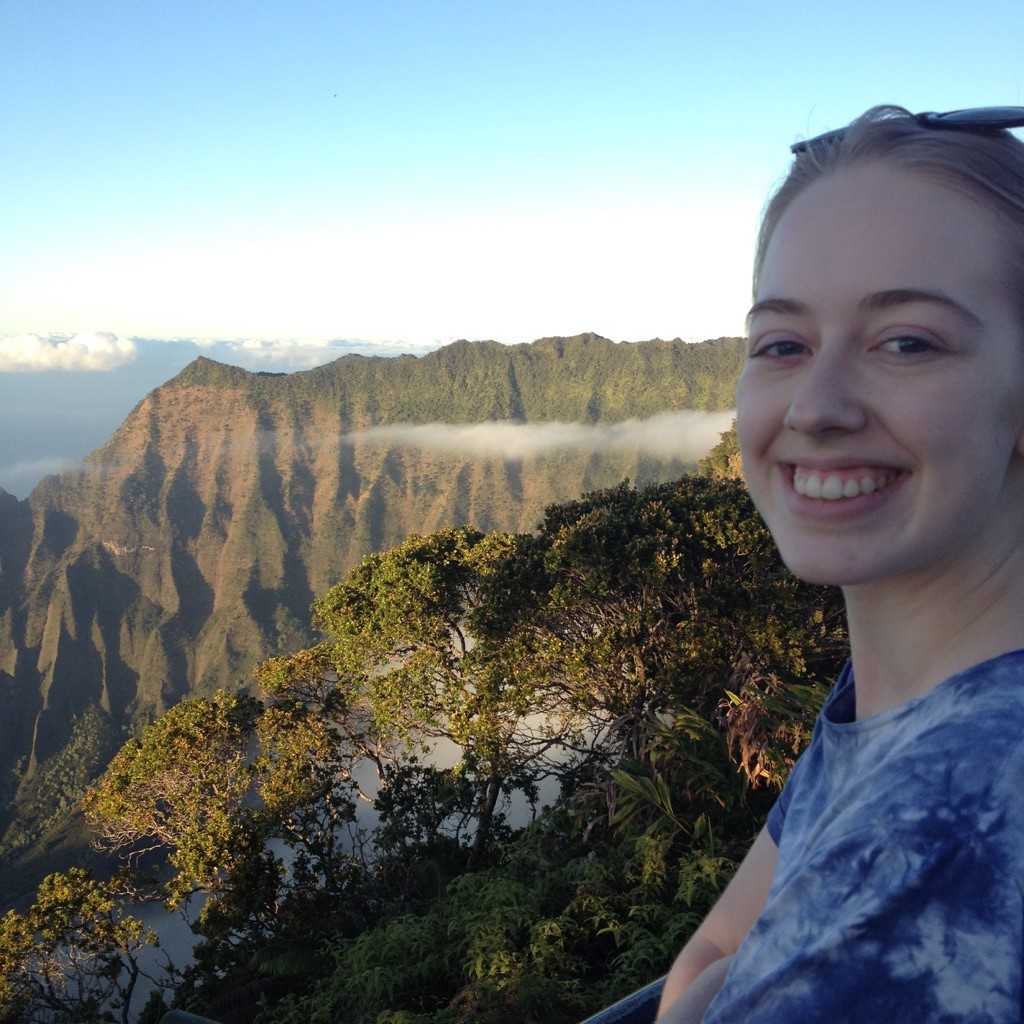
Abby is a senior at WWU and majoring in Environmental Science. This is her first year working as a research assistant for the Whatcom Creek project and has enjoyed every minute of it. Having grown up in the Pacific Northwest, her love for local animals and marine environments lead her to apply for the project. When she is not observing adorable seals or entering data, she enjoys hanging out with friends, being outside, and photographing wildlife. She hopes to utilize this experience towards future conservation work and graduate school.
Sophie Carlson
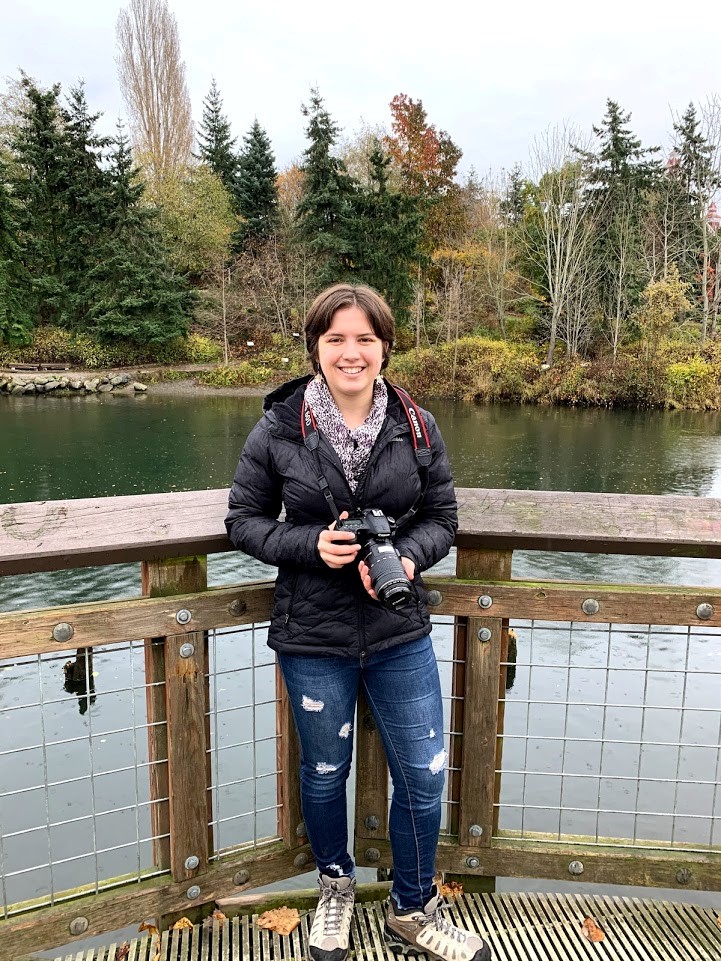
Sophie is a third-year Western student working on a major in Environmental Science and minors in Environmental Education and Spanish. Along with a general love for wildlife, her past work in providing enrichment and training for harbor seals in a zoo drew her to this lab as she longs to learn more about these amazing creatures. Sophie has spent many years working with young students to help them understand wildlife and conservation efforts. Her ultimate goal is to become an environmental educator for elementary-aged children in a non-traditional setting. Aside from classes and seal-watching, Sophie enjoys hiking, swimming, trumpet, and wheelchair basketball.
Erik Elhers
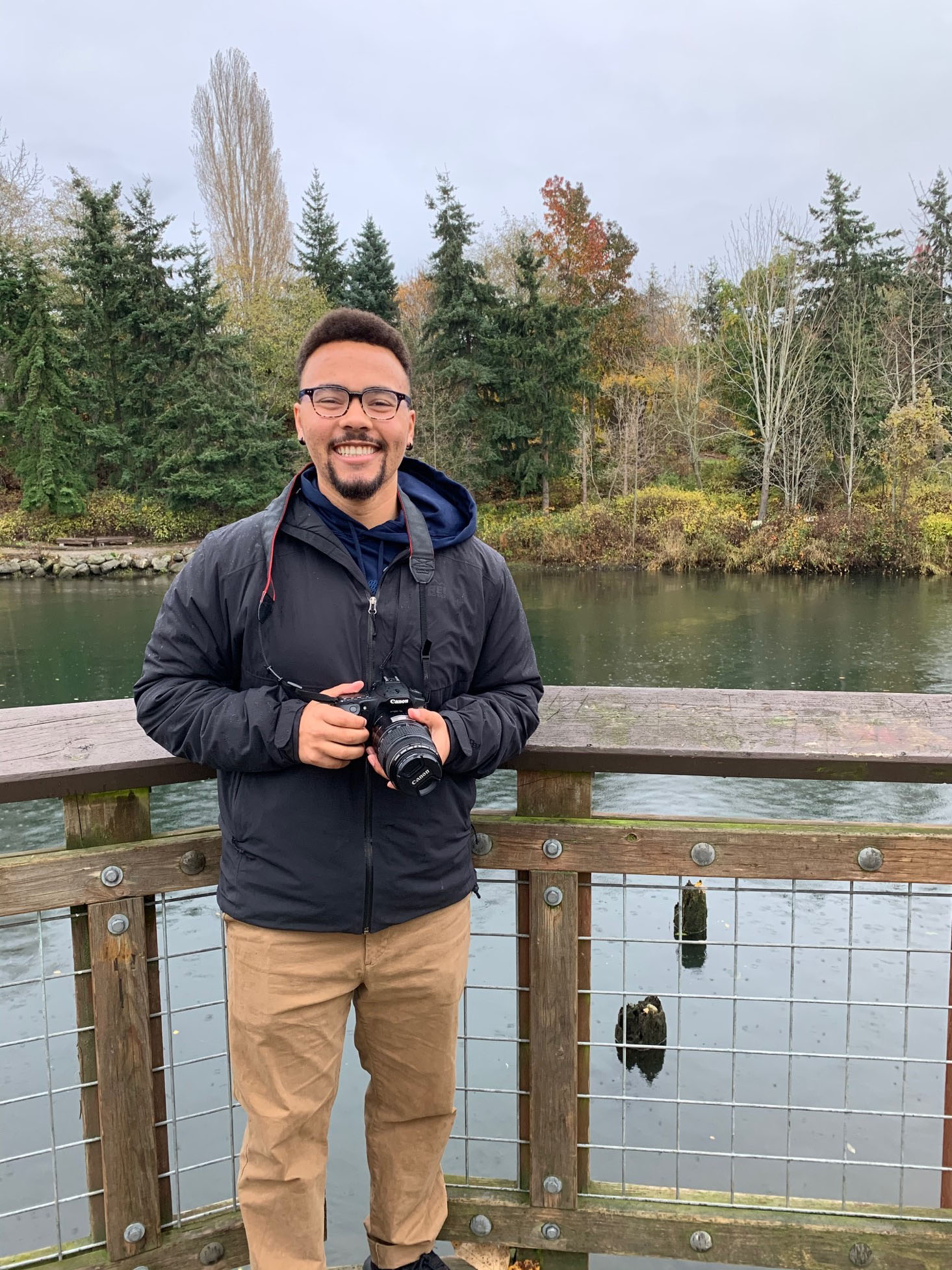
Erik is majoring in Biology with an emphasis in Molecular and Cell biology and a minor in Political Science and Economics. He is from the dry deserts of Southern California and this is his first year with the Whatcom Creek Project. Erik’s interests cover a wide variety of topics including ecology, genetics, public health and environmental policy. In particular, he is interested in examining variation in gene expression across various organisms in response to environmental pressures. In his free time, he enjoys reading, meditating, working out and hiking.
Glenna Dyson-Roberts
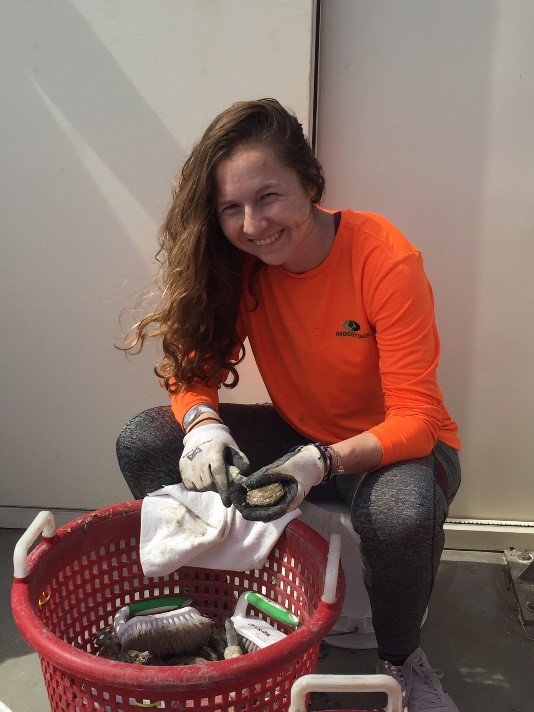
Glenna is a senior at Western Washington University and is an Environmental Science Major with a Marine Science Emphasis. This is her second year working as a lab assistant with the Whatcom Creek Project. She plans on pursuing her master’s degree after taking a few years off. Her interests include deep-sea ecology, surfing, rock climbing and drawing.
Kate Clayton
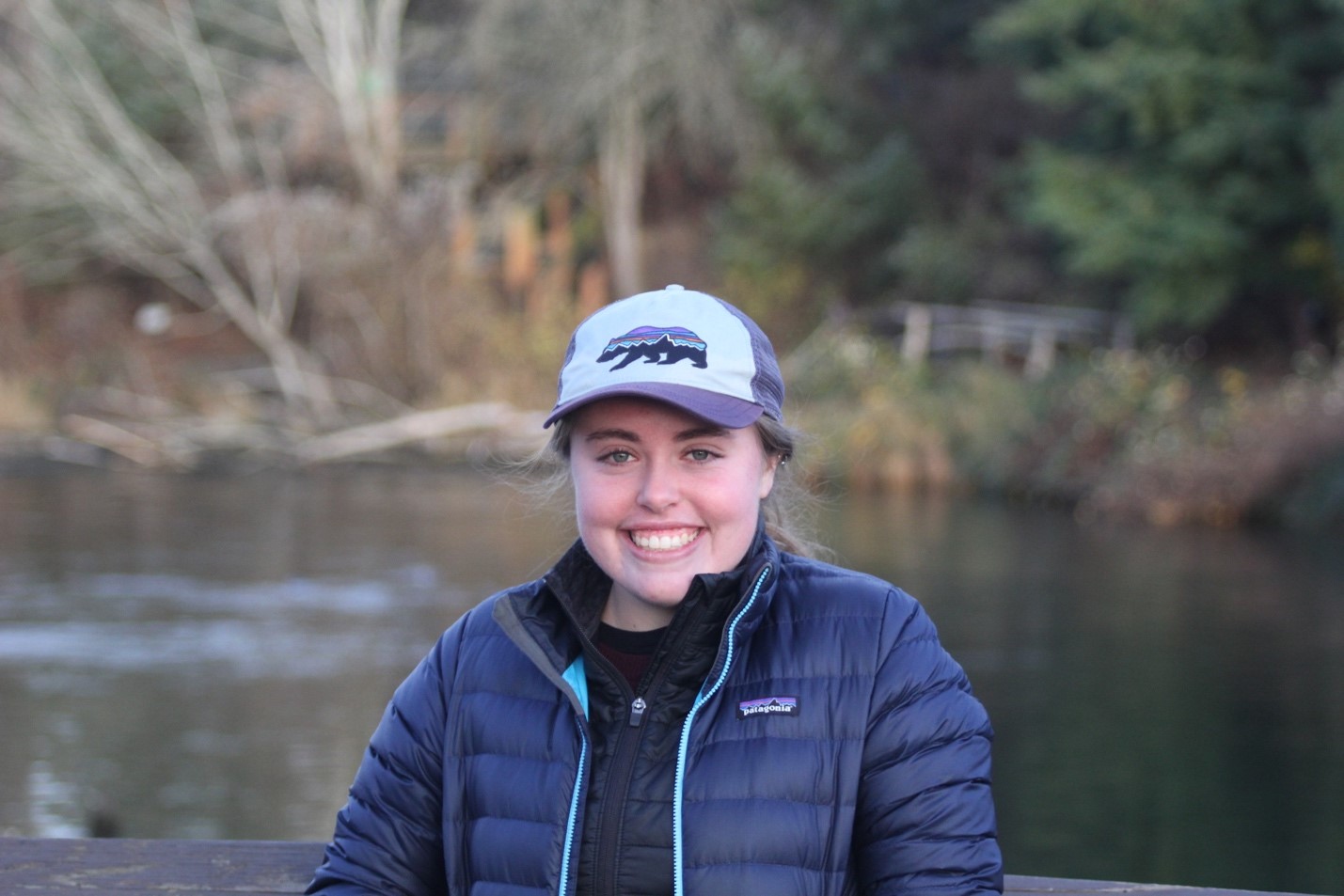
Kate is in her second year at Western and is from Boise, ID. She is a Bio major with an emphasis in ecology, evolutionary, and organismal biology (she hasn’t declared yet but she will next quarter). She loves all animals and hopes to become a zoologist someday. She enjoys being outdoors, especially going on hikes. She came to Washington to get to be next to the water, mountains, and forest all at the same time. She is a self-proclaimed “bookworm” who loves to play soccer and tennis with friends.
Jakob Hindman
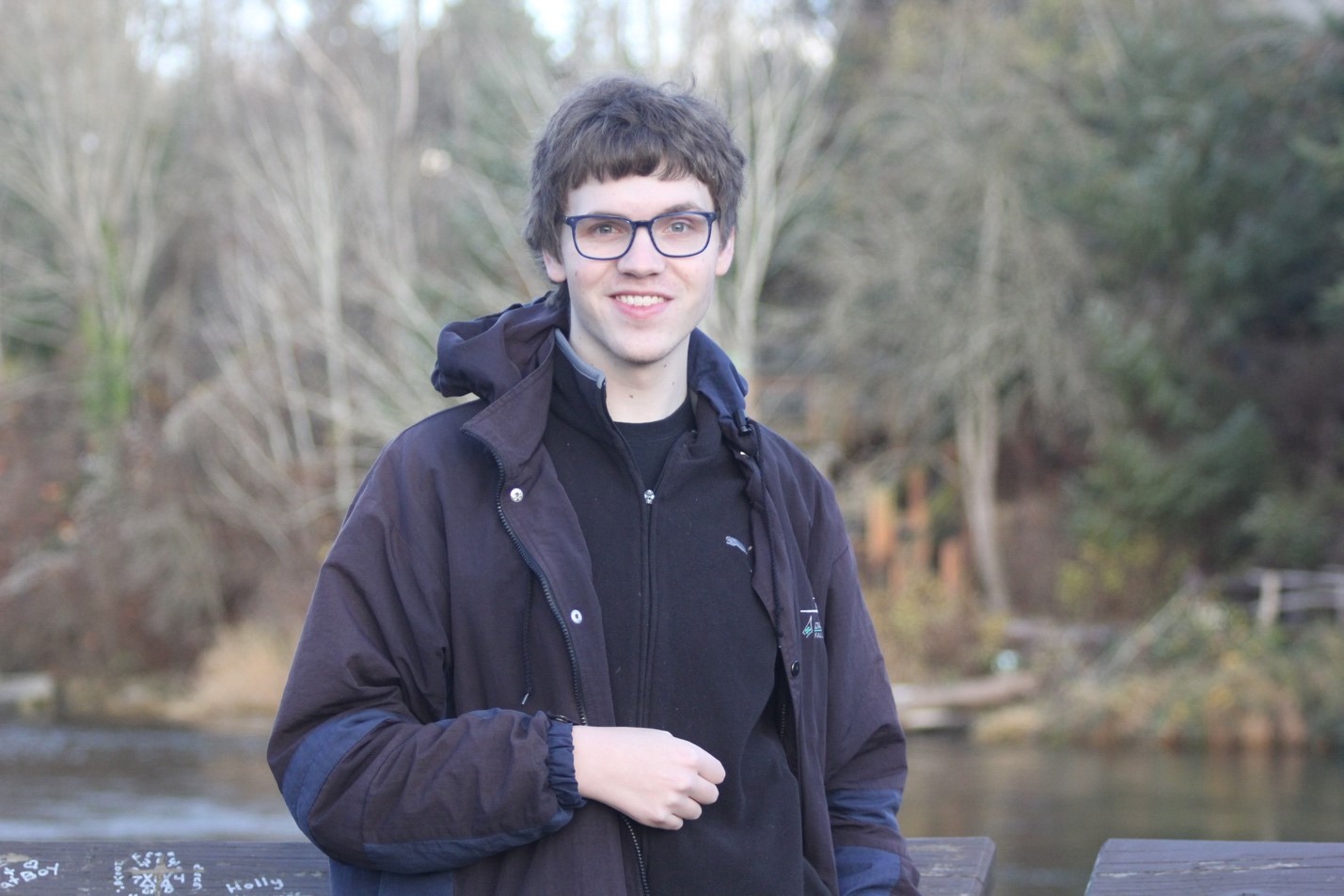
Jakob is a Senior at Western, majoring in Biology with marine emphasis. He loves nature and the outdoors, and can often be found hiking or exploring around the Bellingham area practicing nature photography. After graduating, he plans to continue his education through graduate school to continue to do research and learn about the wonders of the natural world we live in.
Jeremy Johnson

Jeremy is aspiring for a Marine Biology major and Chemistry minor, and he is a junior at Western Washington University. He loves this lab because it ties in real-world experience of observation and analyzing data with his love of marine mammals! He is super excited to continue working in this lab until he graduates next year!
Amanda Rueda
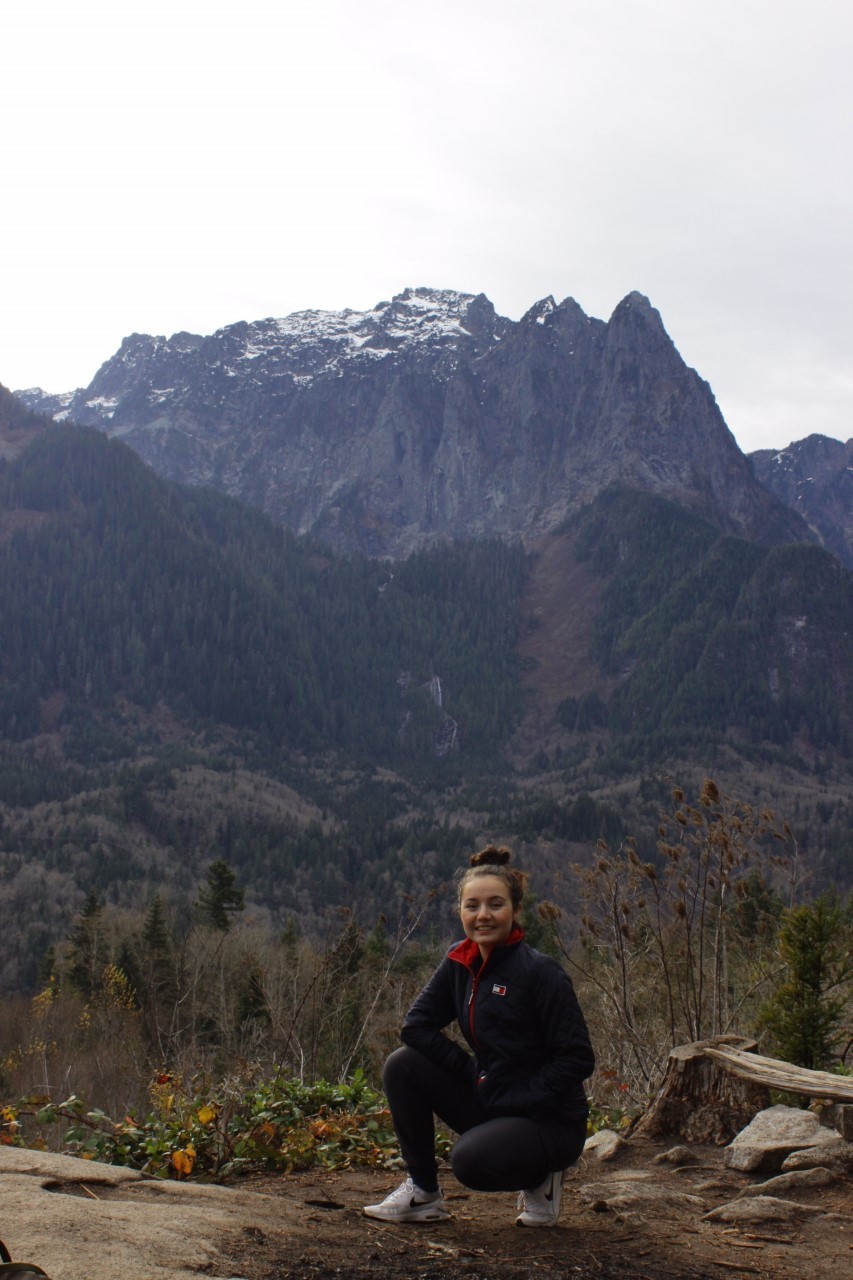
Amanda is currently a Junior at Western majoring in Biology with a marine emphasis. She hopes to study marine mammals in her future career, specifically the orca whales in the Puget Sound. When not at seal observations or classes, Amanda loves to hang out with her housemates, go tide pooling, scooter short distances, and nurture four plant children.
Vail Dark
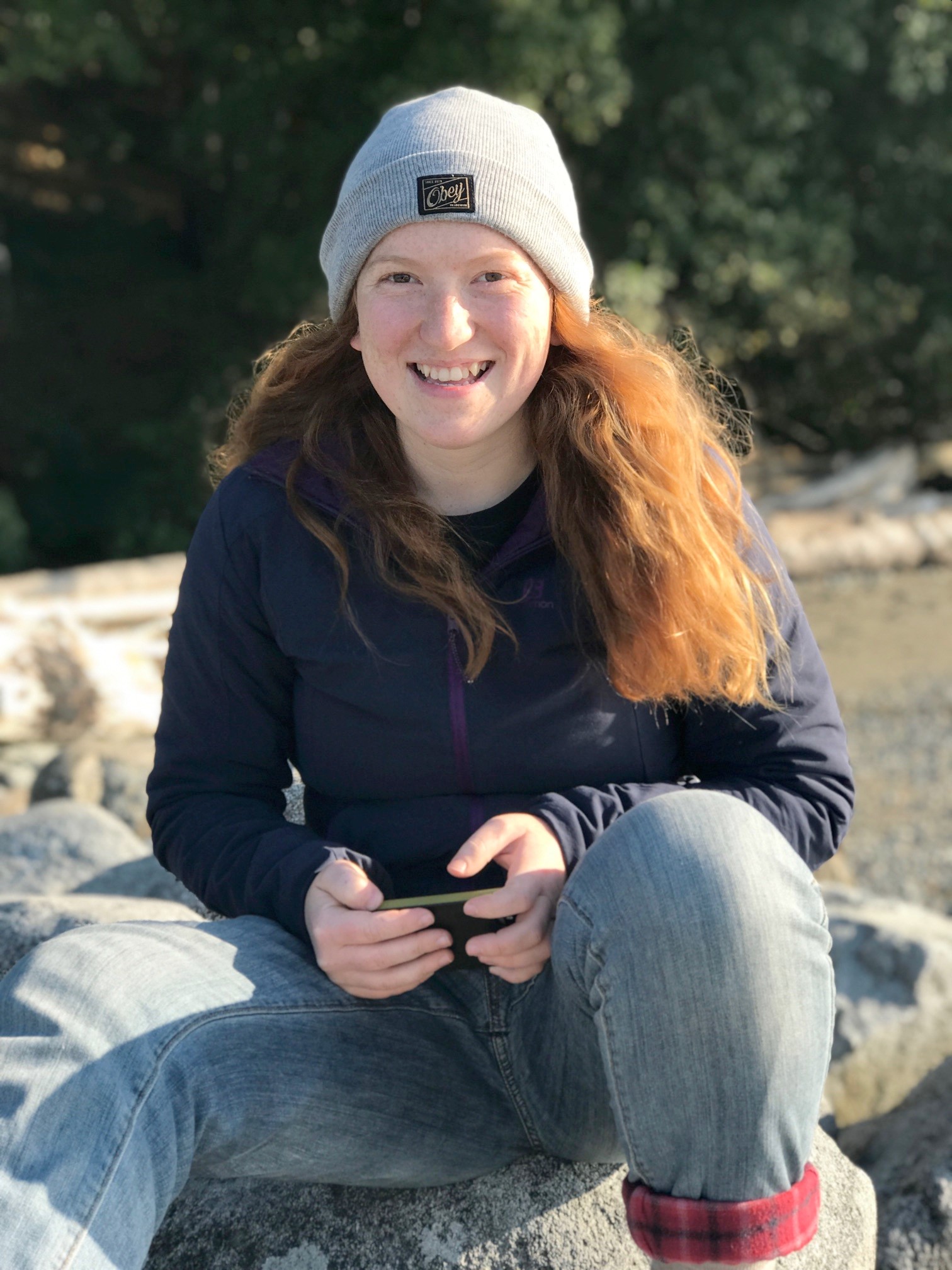
Vail is currently a junior studying Environmental Science. This is her first year working with the Whatcom Creek project. She says, “Seals are some of the cutest animals one could ever hope to study so working with my peers in an outdoor setting while watching these seals do their thing is a dream come true.”
Riley Marcus
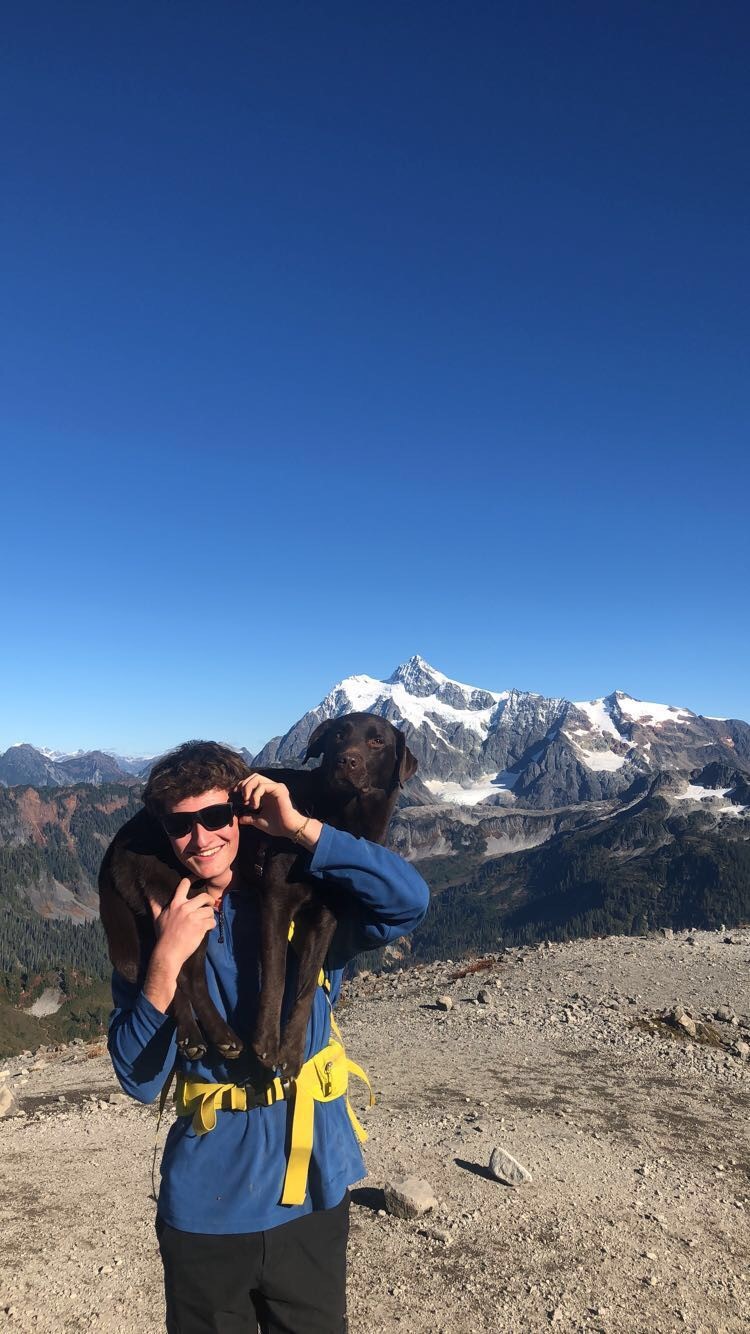
Riley is a senior studying Biology with an emphasis in Ecology, Evolutionary, and Organismal biology. He found himself in this lab because he really enjoys studying mammals and spending time outside, and he couldn’t be happier about it.
Not pictured: Olivia Mueller
November Blog
Helen Krueger, undergraduate student
2 December 2019
This month I have worked on refining my independent project so that I can finish the heavy lifting by the time I graduate in March. Since my last blog posting, I have changed my project from microbial DNA quantification present on harbor seal haul-outs to a survey of the microbial community present on haul-outs through culture quantification and SEM imaging. This new method provides me the same type of abundance data, but also offers the potential for a survey and identification of microbes in my samples!
The last pieces of the logistics are finally falling into place. I plan to sample the first week of winter break, culture my microbe samples the following week, and preserve some of my samples to image with SEM during Winter quarter. Working with the staff in both ESCI and BIO has been a wonderful experience, and their flexibility and generosity in offering advice, lab space, materials, and instrument training has been exceptional. I will be allowed to use an ESCI lab during winter break, which means that I have full reign of the lab space, as nobody will be sharing the space during the intersession.
This project has gone from a monster that I had little idea how to organize, to something that is much simpler and that I can wrap my mind fully around. I am very excited to finalize my procedure this week and next, and get into the meat of the project during winter break. If all goes well, by this time next month, I will be able to report on how the first steps gone.